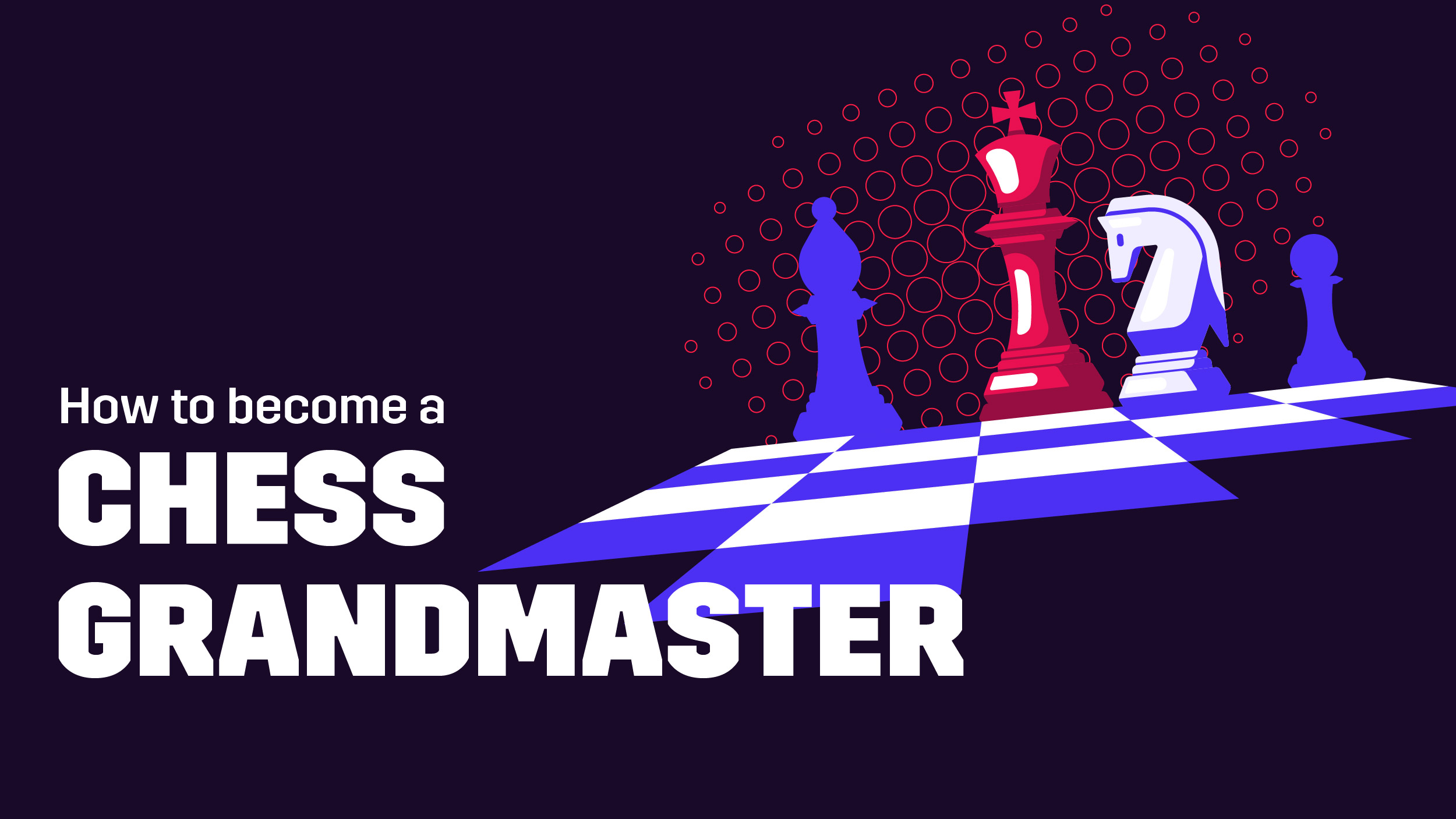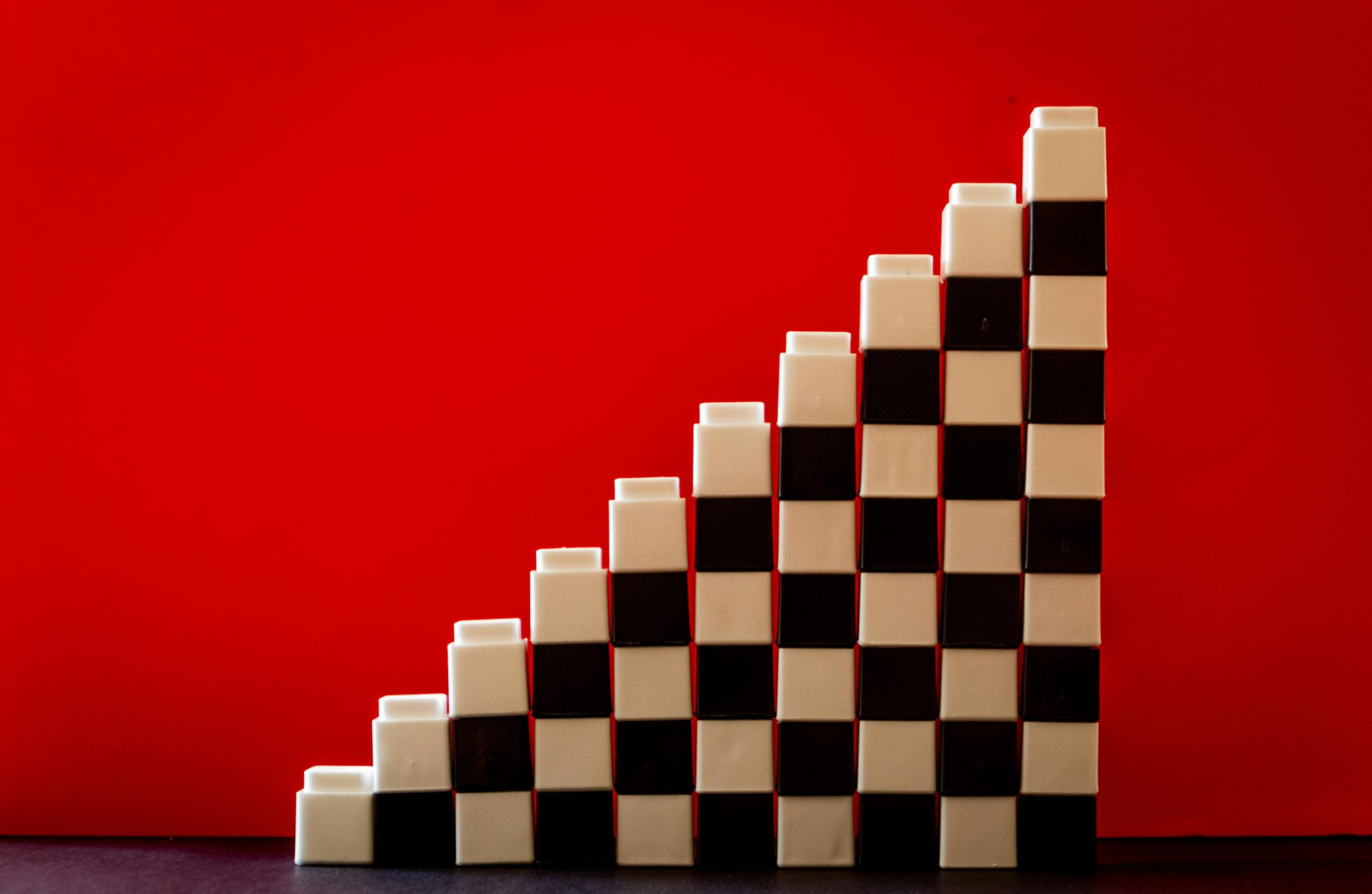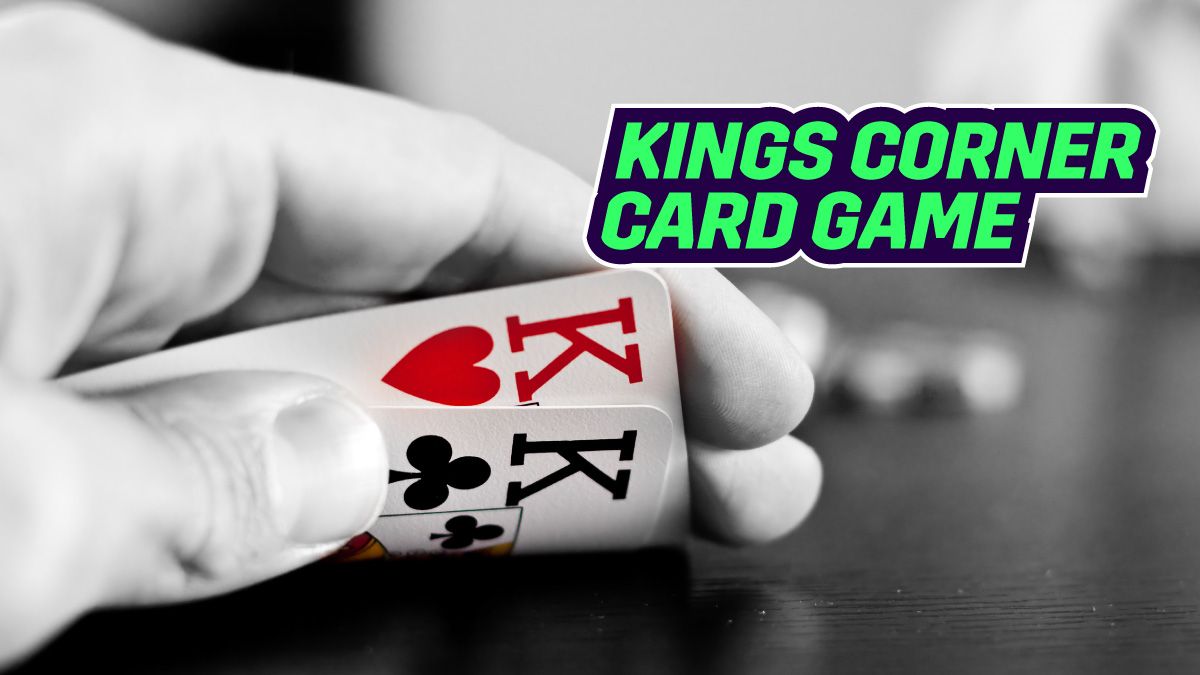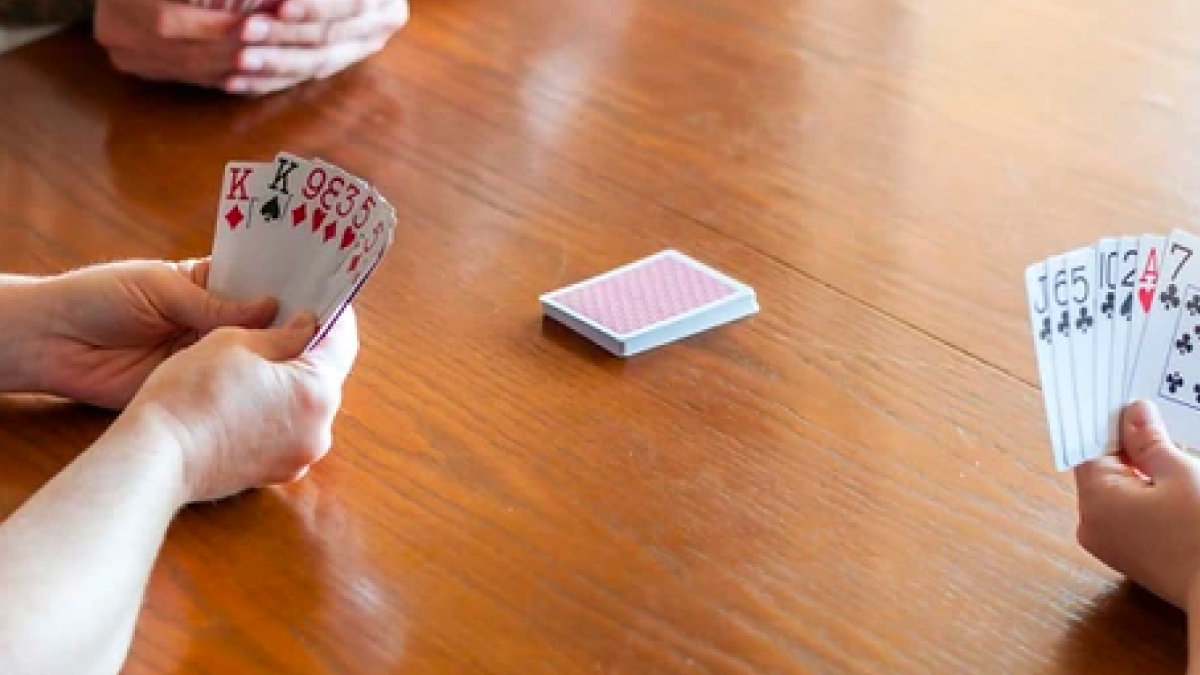Table of Contents
ToggleIt is never easy to earn any chess title, let alone the GM title. Not many manage to make the cut, and those who do, join an elite list of globally acclaimed chess players. While several players work extremely hard on improving their game, their Elo rating tends to stagnate. It takes immense dedication and plenty of hard work to secure a chess title.
For starters, the World Chess Federation FIDE awards the Grandmaster (GM) title to select chess players. Aside from the World Champion title, the highest designation that a chess player can get is Grandmaster. Once a player achieves this status, they can hold onto it for the entirety of their lifetime. However, in a few exceptional cases, cheating is cited as a reason for revocation.
This is why we have over 800 million chess players globally but less than a couple thousand grandmasters. Statistically speaking, just about 0.3 % of all players registered with FIDE hold the grandmaster title currently.
Nonetheless, the quest to become a chess grandmaster is always one most players aspire for. If you’re wondering about the official requirements to become a chess grandmaster or what specific chess skills one must have to get there, this article will shed some light. Keep reading to learn more about how to be a chess grandmaster!
Read More: Top 10 chess variants that offer a short break from regular chess!
Who is a Grandmaster in Chess?
A Grandmaster (GM) is the highest title a chess player can achieve. It is awarded by the International Chess Federation (FIDE) and is a symbol of exceptional skill and mastery in chess.
To become a Grandmaster, a player must meet specific requirements, such as achieving high performance in international tournaments and reaching a rating of at least 2500.
Once earned, the title is held for life. Grandmasters are considered among the best in the world, and their strategies and gameplay are often studied by aspiring players. It’s a prestigious achievement that highlights dedication, talent, and a deep understanding of the game.
How To Be A Chess Grandmaster?
Here’s a step-by-step guide on how do you become a chess grandmaster.
Achieve a FIDE Elo Rating of 2500
- Compete in FIDE-rated tournaments to gradually increase your rating.
- Consistently perform well against higher-rated players to gain rating points.
Earn Three GM Norms
To earn a norm, you must meet these requirements during norm tournaments:
- Play at least 9 games in a single tournament (some exceptions apply).
- Face opponents from at least two other federations.
- Ensure 50% or more of your opponents are titled players (e.g., International Masters, Grandmasters).
- Your opponents must have an average rating of at least 2380.
- Your tournament performance rating should be 2600 or above for that event.
Compete in Norm Tournaments
- Participate in norm-specific tournaments with:
- At least 3 Grandmasters from different nations.
- 9 rounds of classical games with a minimum time control of 120 minutes.
- An international arbiter to oversee the tournament.
Finally, maintain consistency.
How to earn a FIDE title
Take a look at how to earn a FIDE Title.
| Title | Requirements |
| Grandmaster (GM) | Elo 2500, 3 GM norms (9 games, 2380+ opponent average, 50% titled opponents, 2600+ performance rating). |
| International Master (IM) | Elo 2400, 3 IM norms (2450+ performance rating in norm tournaments). |
| FIDE Master (FM) | Elo 2300, no norms required. |
| Candidate Master (CM) | Elo 2200, no norms required. |
| Woman Grandmaster (WGM) | Elo 2300, 3 WGM norms (2400+ performance rating). |
| Woman International Master (WIM) | Elo 2200, 3 WIM norms (2250+ performance rating). |
| Woman FIDE Master (WFM) | Elo 2100, no norms required. |
| Woman Candidate Master (WCM) | Elo 2000, no norms required. |
Learn How to Get Better at Chess & Win More Games!
FAQs
How long does it take to become a Chess GM?
It is practically impossible to set an exact timing for that. Most chess players are unable to become GMs as they do not take efforts to acquire the right set of skills. A coach can lead a chess student up to a level of 1800 based on their eagerness to learn—any level higher than is pretty hard to get to, but still possible. Evidently, you can also coach other players if you have a level of 1850.
If you are fourteen years old and not yet a Grandmaster, then chances are, you might acquire this title later, but the likelihood of becoming world champion is low. On average, it takes around 4-5 years to reach 2000-2200 for adults, but it varies from person to person.
How many Chess Grandmasters are there?
Based on the FIDE database search conducted on 28th November 2021, there are 1,742 chess grandmasters currently, while the number of active ones is 1,315.
How many GMs are from the United States?
The US currently has ninety-four (94) chess grandmasters. The highest-rated grandmaster from the US is Fabiano Caruana, and he is ranked third in the world (with a 2804 FIDE RANK). The average grandmaster ranking in the US is 2696.
How much do Grandmaster Chess Players make?
How do you become a grandmaster at chess? Take a look! GMs in the USA earn more than GMs in other countries. A chess grandmaster in the US can earn (on average) around 2000 – 3500$ per month participating in events, simulations, and presenting in various places. However, coaching is one of the primary sources of income for grandmasters, with them charging in the range of 40$-100$ per hour.
A GM can also earn via streaming, aiding other talented GMs by training or coaching, or signing deals with companies promoting chess or educational courses on it. GMs essentially work around creating a brand of their own and marketing their skills.
What is the IQ of a chess grandmaster?
The IQ of a chess grandmaster is often high, typically 120-140 or more, but success depends more on skill, strategy, and practice than IQ alone.
How long does it take to become a grandmaster in chess?
Becoming a grandmaster usually takes 8-12 years. You need focused training, competitive play, and achieving FIDE norms while maintaining a 2500 Elo rating.
Who is the Youngest Grandmaster in Chess?
Presently, Abhimanyu Mishra holds thatrecord, beating out the former World Championship Contender Sergey Karjakin.
Abhimanyu was twelve years, four months, and twenty-five days old when he achieved the grandmaster title. Sergey earned the same at the age of twelve years and seven months.
How many moves ahead do Grandmasters think?
It’s common knowledge that grandmasters think many moves ahead – as many as fifteen to twenty moves ahead – given sufficient time, with unbelievable accuracy. The bigger question is if solid chess players see that many moves ahead in every game they play.
The straightforward answer is no, as seeing many moves ahead isn’t applicable to every game. For instance, take the opening. A specific move has defined several openings already, and there have been several well-known variations over the years.








